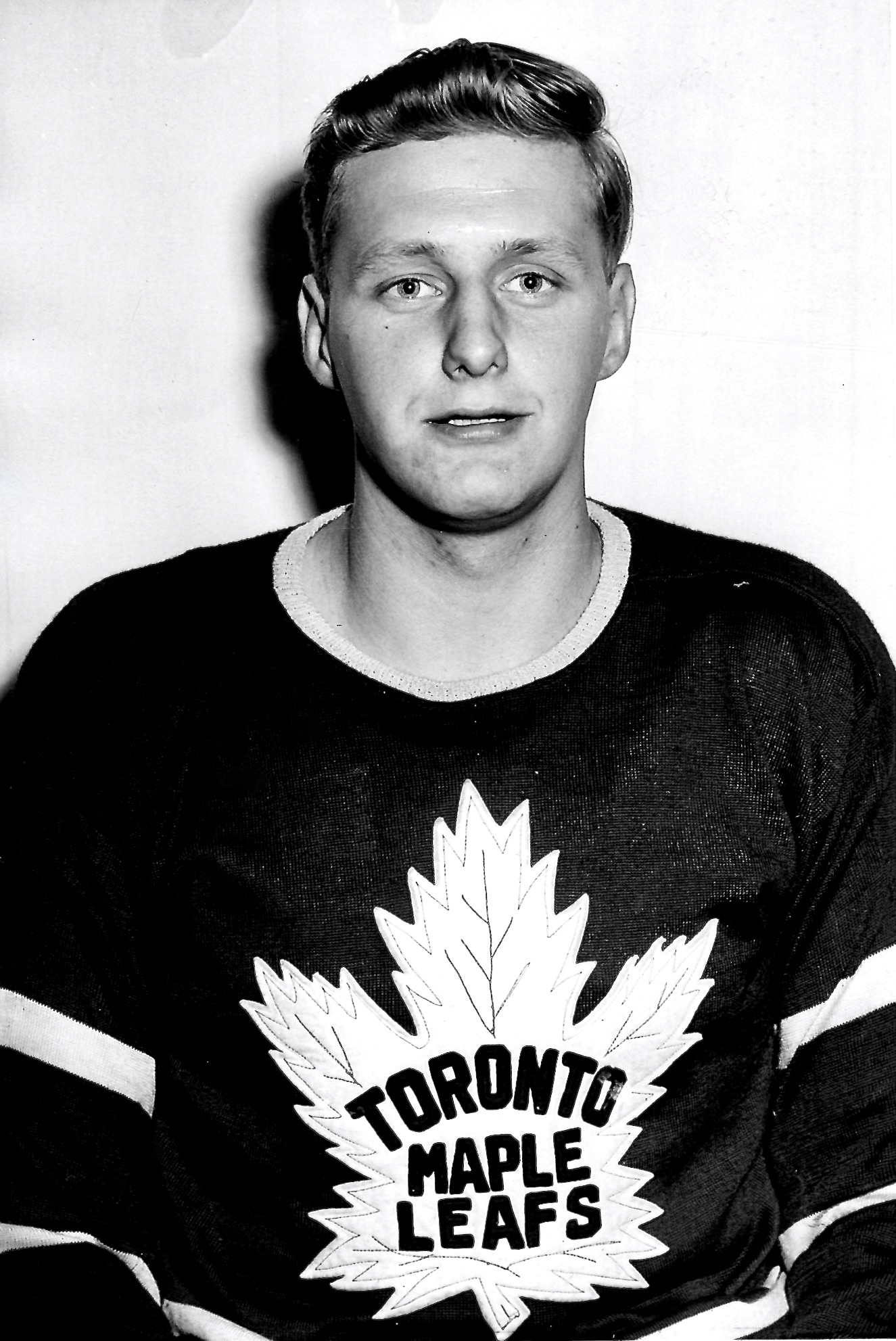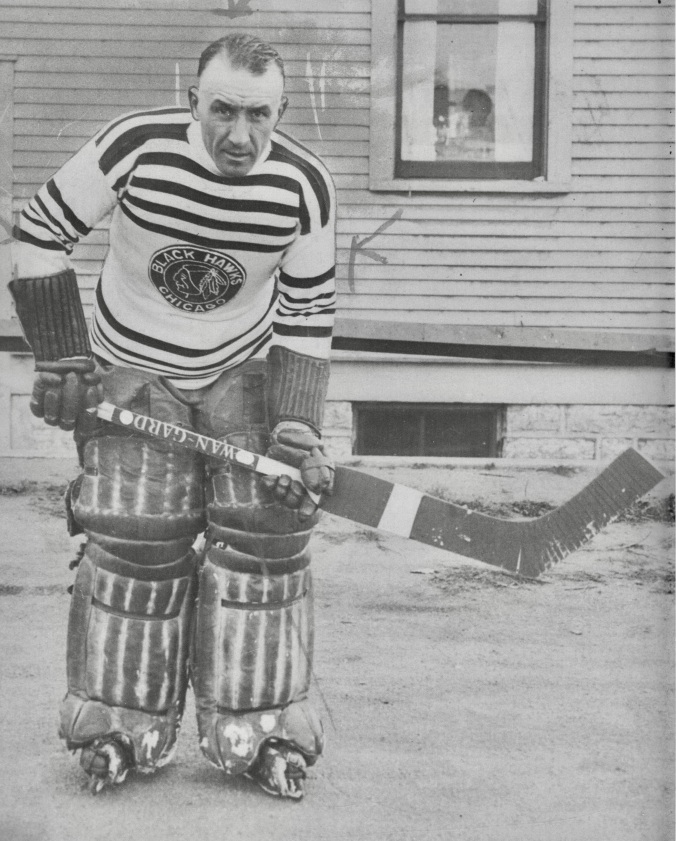
Running Up That Score: Canada keeps up the pressure on the Czech goal on this day 100 years ago. Is that Canadian goaltender Jack Cameron heading in on goal, second from left? I think so. Visible in the background is the second rink at the Stade Olympique.
What’s one paltry goal among 30?
A century-old mystery is what it is. On Monday, January 28, 1924, when Canada played its first game of the Olympic tournament at Chamonix, France, the defending champions ran up a mighty score of 30-0 against the toiling team from Czechoslovakia. It was, at the time, the biggest tally of goals in the tournament’s brief history, with the Canadians exactly doubling the bounty Canada’s 1920 team had bagged against Czechoslovakia.
How much of a rout was it, out there on the open-air rink beneath Mont Blanc? Enough that the last goal Canada scored in the first period — the eighth — happened so quickly after the seventh goal that the official scorer didn’t see who scored it, leaving a hole in the summary, a blank that lasts to this day.
Could the scorer not have asked the Canadians whodunit? You’d think so, but apparently that didn’t happen. Paging back through historical newspapers doesn’t clarify anything. Dispatches that reached Canadian papers tend to mention Harry Watson scoring the seventh, followed by “another Canadian.”
W.A. Hewitt, who was on hand as both manager of the Canadian team and sporting editor of the Toronto Daily Star, credits Hooley Smith with three goals in the first period and Watson with five. But then most other accounts give right winger Bert McCaffrey a goal in the first while limiting Watson to just three.
Papers in the U.S. reported the score, but they were more interested in the outcome of the American game that same day against the Belgians. European papers that were covering the Olympics didn’t bother reporting names of goalscorers at all.
So: the mystery persists.

Chamonix Set-Up: Map of the Olympic venue in 1924. Speedskaters and skiers raced around the perimeter of the hockey and figure-skating rinks while curlers kept to their own ice, at bottom right.
Until it’s solved definitively, the consensus is that Harry Watson scored 11 goals that afternoon 100 years ago, Hooley Smith 4, Bert McCaffery 3, Dunc Munro 3, Beattie Ramsay 3, Harold McMunn 3, Sig Slater 2, unknown 1.
None of the contemporary reports of the trouncing mention any of the Czech players, so let’s at least name Vladimir Stransky, the goaltender. This was his first Canadian onslaught, though several of his teammates had played in the 1920 undoing by the Winnipeg Falcons, including Josef Sroubek, Otakar Vindys, and Vilem Loos.
There were some good skaters among the Czechs, Hewitt allowed, and they checked “very strenuously at times.” The Canadians weren’t much scathed — “except Hooley Smith, who had his tongue cut slightly in a tumble.”
The game got going around 3.30 in the afternoon, in daylight, but it didn’t end there: it finished under lights — distant lights, mostly, according to Hewitt. “Darkness falls very quickly in the valley, and it was pitch dark when the game finished.”
The French enjoyed our Canadian vim and vigor. Here’s Paris-Soir:
The matches played yesterday Monday allowed us to see the teams of the United States and Canada play, which we will certainly see again, because it is not going too far to predict that we will find them battling in the final. It is also certain that in this next part, the advantage will remain with the Canadians who yesterday proved a truly overwhelming superiority. It is true that they only played against Czech-Slovakia; but they still inflicted 30 goals to 0! This Canadian team combines remarkable power with skill and virtuosity which are truly a feast for the eyes.
Why did Canadian players run up such big scores? Billy Hewitt addressed this very question in a Toronto Daily Star column headlined
WHY CANADIAN PLAYERS RAN UP SUCH BIG SCORES
in which he explained that, under tournament rules, goal average would count in the final in case of a tie: there would be no overtime. “It was most important, therefore, to get as many goals as possible in the 60 minutes.”

Man About Olympics: Billy Hewitt (Foster’s dad) was a busy man in Chamonix, managing Canada’s team, filing reports home to the Toronto Daily Star, and refereeing a couple of games.
The week before the games got going, the Olympic hockey committee had re-iterated that the tournament would be played mostly by “Canadian rules,” which is to say OHA regulations, as had been the case in 1920. This time, though, the U.S. introduced an amendment that would forbid goaltenders from falling to their knees or lying down, and won the day on this: as had been the rule (briefly) in the NHL until a week into the inaugural 1917-18 season, goaltenders in France had to stay on their feet or risk penalty. Canada voted against this amendment, as did Great Britain and Sweden: they lost.
U.S. coach and manager William Haddock had also lobbied to play three 15-minute periods, which was the custom in the U.S., but the committee voted him down on that, so the games played with 20-minute stanzas.
What else? The Olympic rink was, as mentioned, outdoors. And big: 230 feet long by 98 feet wide, bigger than the North American indoor norm (NHL rinks would eventually settle on dimensions of 200 x 85). In Chamonix, there were two of these side by side on the vast expanse of ice that made up the Olympic stadium. The nets were Canadian-pattern, but rickety — “very unstable,” Hewitt said.
Rather than regular boards familiar to the North Americans, the rinks were surrounded by six-inch bumpers. This surprised the Canadians, but didn’t faze them. Hewitt:
The players found they could play the sides by keeping the puck low, and it was extraordinary how few times the puck left the ice at the sides. No time was lost when it did, as the Canadians had a good supply of the best Canadian-made pucks along, and kept the referee supplied with sufficient to keep the game going all the time. Netting was put up at the ends of the rink and saved many a long chase after a puck when the shot was wide. The committee had men on skates stationed on all sides of the rink to retrieve the puck, and only one was lost the first day, when three games were played.
First up, in the morning, Sweden opened the tournament with a 9-0 win over Switzerland. “The Swiss seemed to know little more than the rudiments of the game,” was the gist of one report; an unattributed Toronto Daily Star dispatch classed it a “a tame affair.” That might have been Billy Hewitt saying that: he refereed the game, so maybe preferred not to put his name to an opinion.
The U.S. took the ice next, at 1.30, with Canada’s captain, Dunc Munro, as referee. The Americans carried the day easily, winning by a score of 19-0. Coach Haddock complained that while he was pleased by the win, he thought his players had relied too much on individual efforts and needed to play more as a team. “A passing game will be required when stiffer opposition is encountered, he pointed out,” according to the Associated Press.
Leading the way for the Americans was centreman Herb Drury, who scored six goals. (He stayed on the ice to referee Canada’s game.) Wingers Willard Rice, Frank Synott, and Jerry McCarthy scored five, three, and two goals, respectively, with defenceman Taffy Abel chipping in two past the Belgian goaltender, whose name no North American report mentioned.
Alphonse Lacroix was the American goaltender, or Frenchy, as they called him back home. Like Drury and Abel, he’d make it to the NHL. The circumstances weren’t optimal for Lacroix: he was the man Leo Dandurand drafted to fill the Montreal Canadiens’ net when legend Georges Vézina fell ill in the fall of 1925.
Backing up Lacroix in France was a goaltender named John Langley. With three minutes left in the U.S. lambasting of the Belgians, he petitioned coach Haddock to let him take the ice as a forward. When the coach agreed, Langley doffed his pads and skated into the action. Before he could touch the puck, though, Belgian captain Andre Popliment raised his objection. According to Olympic rules, goaltenders were only eligible to play goal. Langley, it was reported, “retired gracefully.”

Winterland, 1924: The Stade Olympique at Chamonix, in the valley below Mont Blanc.
















